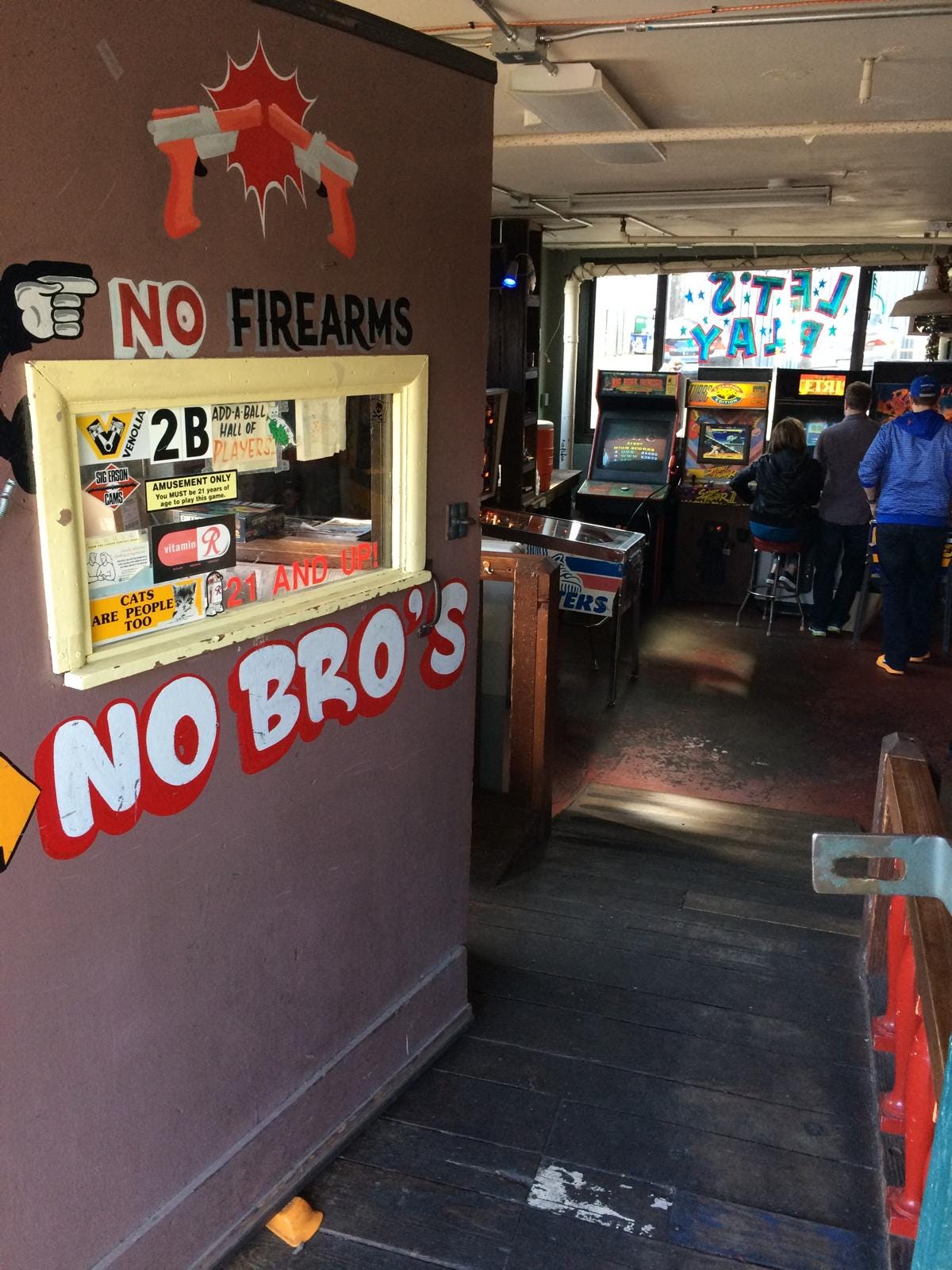Intro to Pinball
Delving into the mystery and magic of those machines in the back of the arcades, and why they're much more than you expect
When I was a young man, I did not play the silver ball.
Oh, I spent lots of time in arcades, but the big machines at the back of the arcade were a mystery to me. They were noisy, heavy, and most infuriatingly of all, they felt unfair. And as much as The Machine: Bride of Pinbot made my adolescent brain rush when it breathily commanded, “make me live, make me sing!”, I found that my quarters would turn into three quick drains and disappointment.
I would still occasionally play them, at college or bars when entertainment was scarce and quarters were spare. But I wouldn’t really connect with pinball until years later, when I lived in Seattle, that I discovered a local bar had a huge collection of tables.
Over time, I played the tables inbetween drinks, but found it more satisfying to watch the locals play. The feats they could achieve seemed impossible, triggering multiballs, replays, and amazing lightshows. Over time, I learned some basics of playing by watching them, and started playing my own games that weren’t outright embarrassments.
Eventually, I got talking with the locals, and learned that my new drinking buddies were some of the top-ranked players in the country. In time, I was taking turns playing with them, and because many of us babble while we play, I listened to their rants about the tables. They talked about which tables were kind or cruel, which tables were classic examples of a particular designer’s style, and how to get the most out of the classics.
Coming from the world of video games, this was like discovering a parallel reality of gaming. And the world of pinball opened up to me.

Since then, I’ve kept playing and studying pinball wherever I go. I’m still not a great player, but I’ve learned to appreciate its joys and the lessons we can learn from it.
For the next few articles, I’m going to share of what I’ve gotten out of pinball, from the process of learning to play, to the art and craftsmanship of the tables, to what video games can learn from pinball (and vice versa).
But before that, we need to cover the basics of pinball’s history.
Pinball Origins: Games of Balls and Boards
People have been playing games with rolling balls for a long time. Bowling, bagatelle, pin-boards, and other mechanical games of getting the balls to hit things at the right angles have been popular (with those who could afford such luxuries) for centuries. Billiards can be traced back to the the 15th century, and Louis XIV played bagetelle at court in 17th century France, rolling balls on a table past wooden pins to get them into scoring holes.

Pinball traces its origins back to bar and penny-arcade amusements like the purely mechanical pin-boards. No flippers, no lights, just pins, balls, and maybe a bell or two if you’re lucky. Not that this meant the craftsmanship of the tables were simple. You used a spring-loaded plunger like an automatic pool cue to fire off a ball and got points based on which holes they landed in. Some machines had intricate mechanisms for catching and locking balls. These were state of the art entertainment machines.
But the experience was popular, and over time more and more innovations came and went — cabinets sported variations like vertical fields, colorful visuals and themes, minor controls, and even the occasional appeal to popular trends or current events.
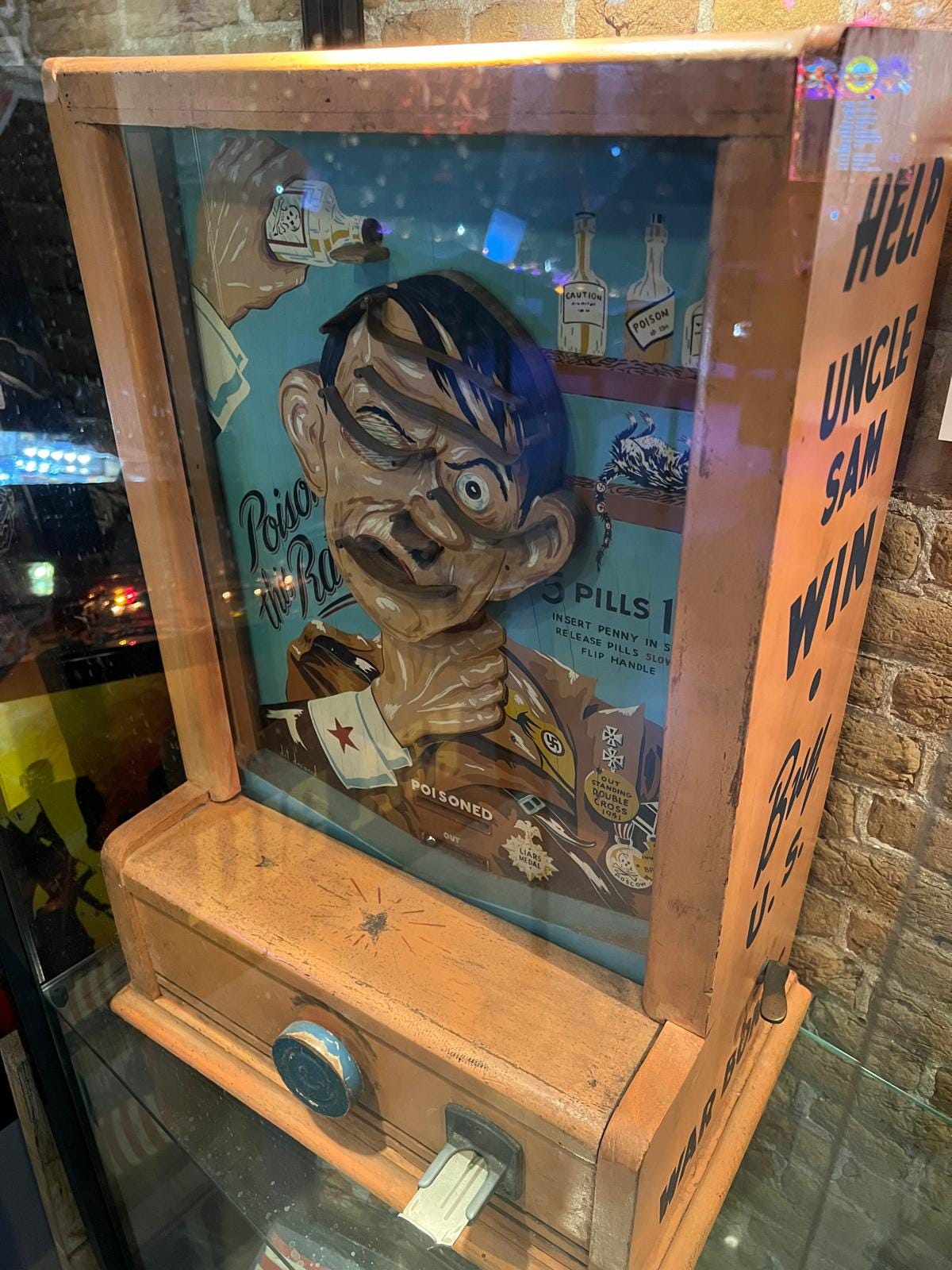
But one particular innovation deserves mention: in 1947, Gottlieb found that they had access to a large post-war surplus of electromechanical solenoids, small devices that could provide a strong kick and a loud clack at the press of a button. These were used to power small, rubber-edged flippers in their Humpty Dumpty table, allowing skilled players to knock balls back up the table for longer games and higher scores. Suddenly, pinball was a game that a good player could play longer than the length of a few minutes.
Gambling Machines to Games of Skill
Pinball maintained an air of seediness in the US for a long time, perhaps because these machines exploded in popularity right after the end of Prohibition, and as such were often found as amusements in bars, alongside pool tables and other “degenerate” entertainments.

In fact, from 1940 to 1974, New York City classified tables as gambling machines and banned them, with police occasionally raiding establishments and smashing machines in the street. This continued until a court case made the argument that they were games of skill, not of pure chance like a gambling machine.
To prove this, they called on local expert Roger Sharpe to play a table for the court, where he predicted which shots he would aim for and then hit them reliably — as depicted in the movie Pinball: The Man Who Saved the Game.
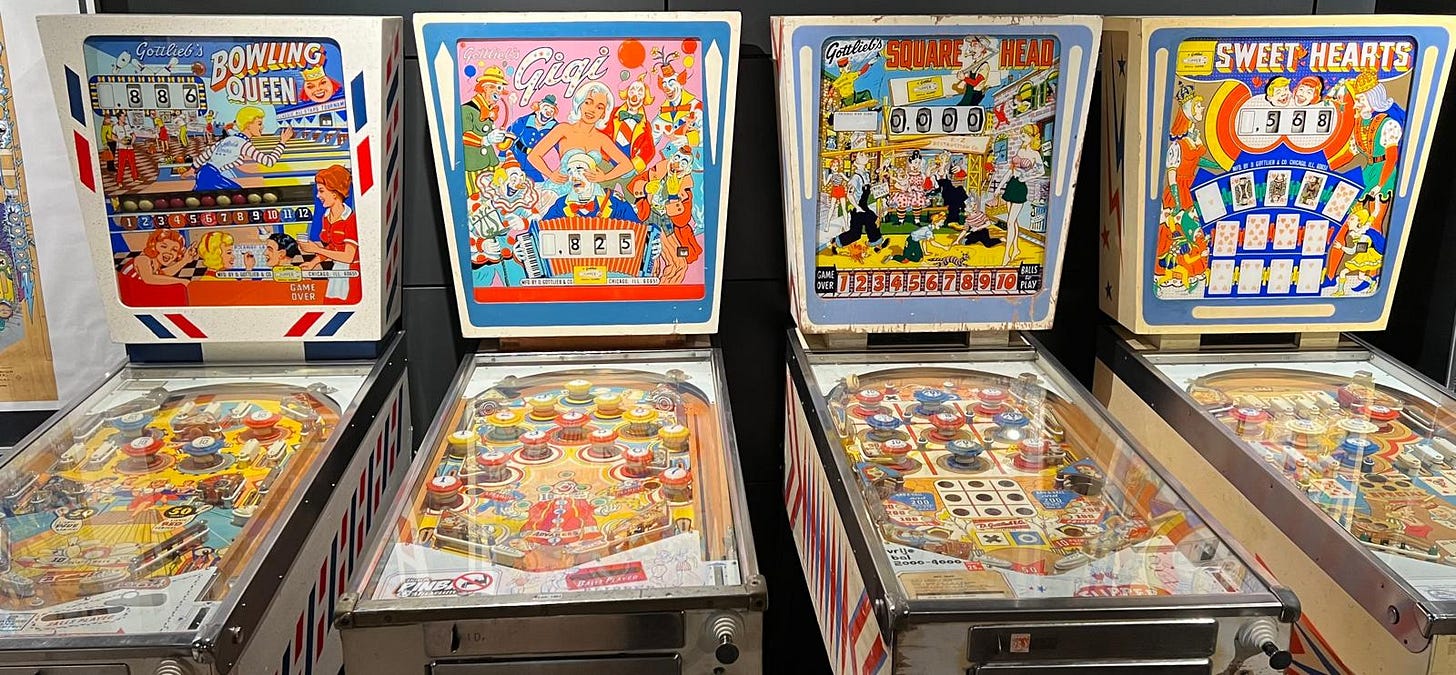
To this day, when a player hits a specific target as they launch the ball, the move is still known as a “Skill Shot”.
Advances in Electronics and New Challengers
Pinball thrived in the ‘70s, with microprocessors and other electronic advances allowing for more complex playfields, recorded voice, and more. The art style of the ‘50s and ‘60s became noticeably more hip, edging up to the outright psychedelic in the early ‘80s — a good fit for the more advanced lightshows of the new machines.
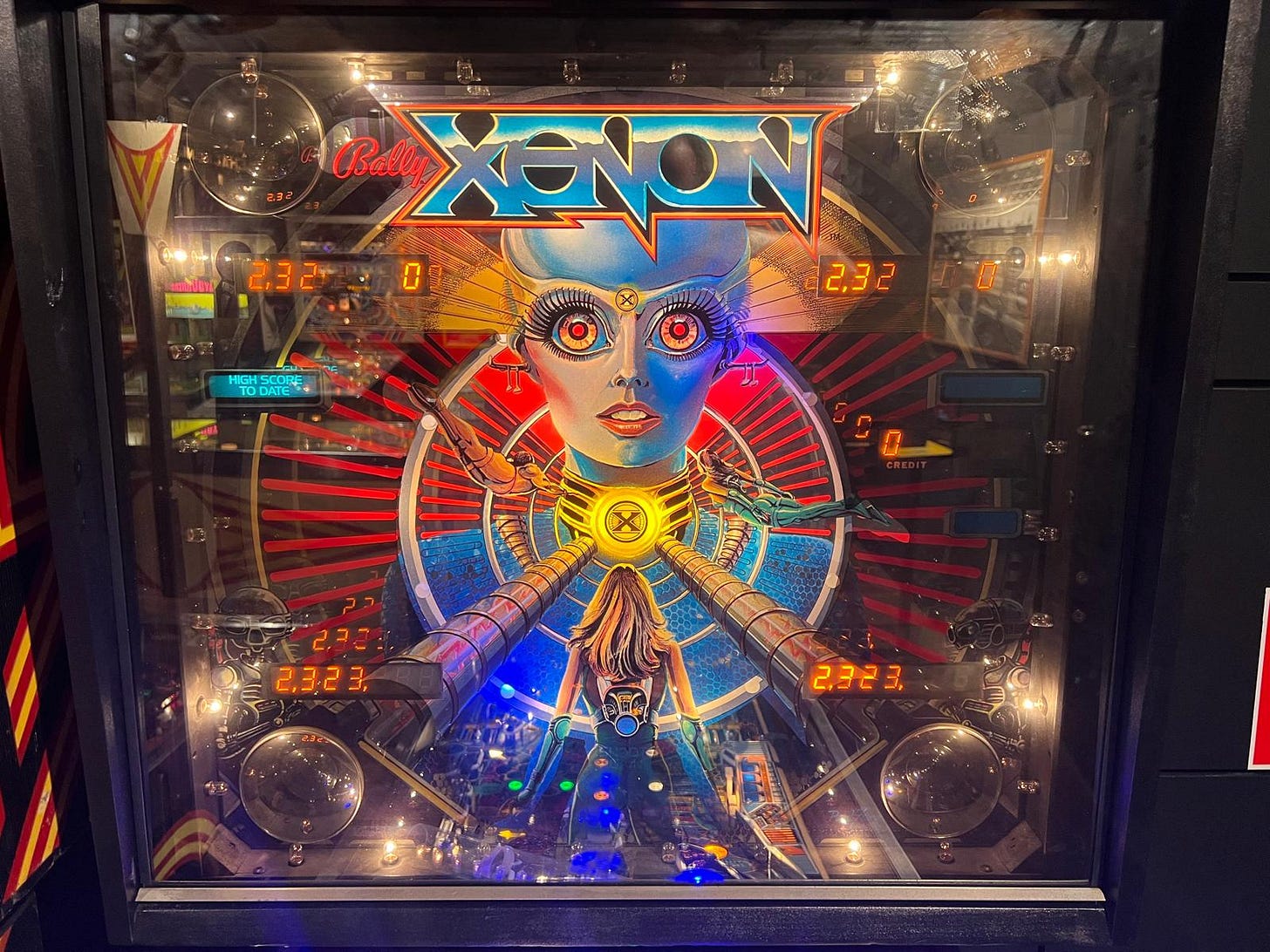
But they soon found themselves sharing arcades and profits with new competitors that were smaller and cheaper to maintain: video game cabinets. By the late ‘80s and ‘90s, pinball machines were often relegated to the back of arcades — even as their designs and features became more and more advanced. In an attempt to become more appealing to new players, more tables were also based on licensed franchises, like Twilight Zone (Williams/Midway, 1993) and Star Trek: The Next Generation (Williams/Midway, 1993).
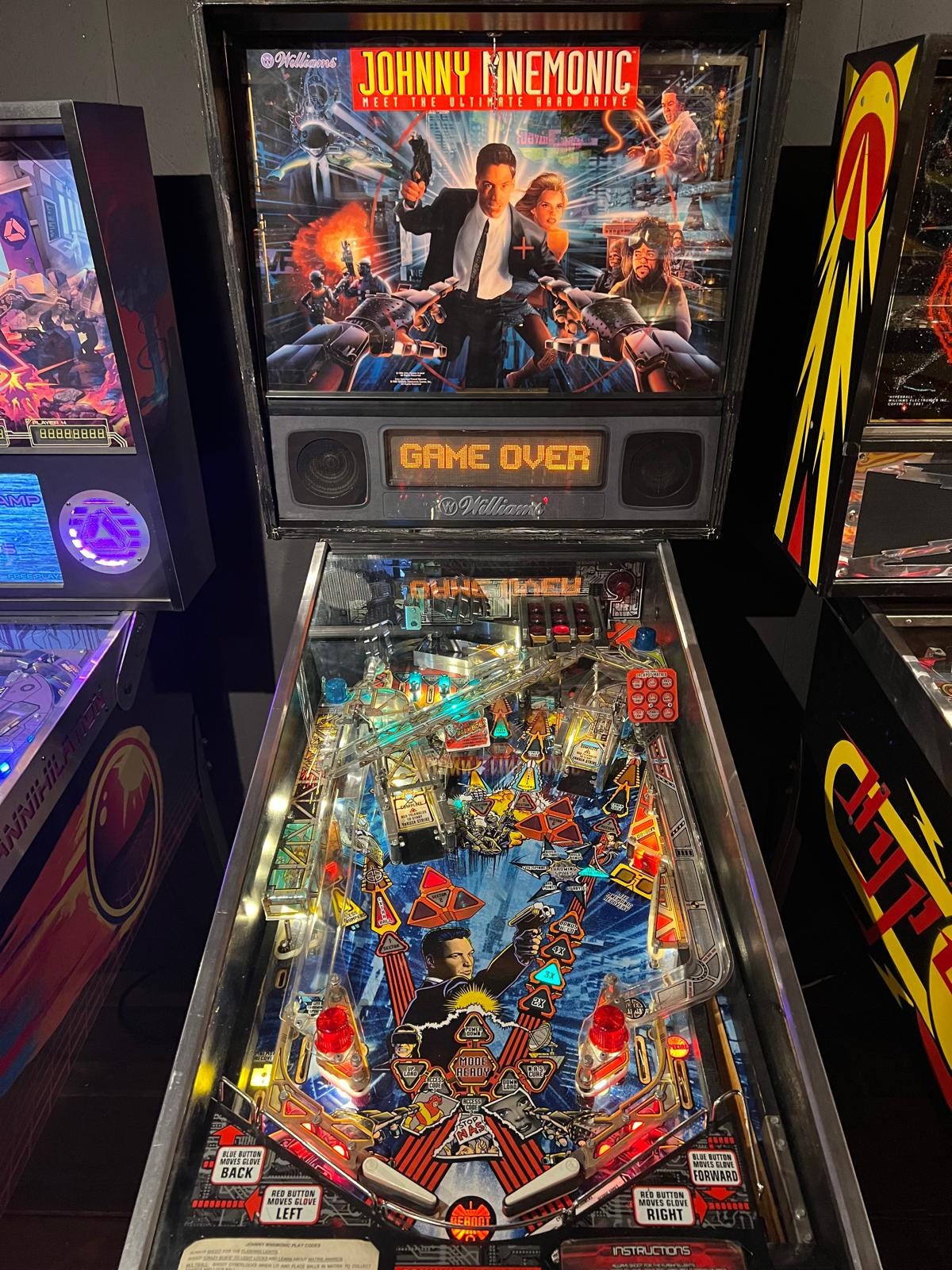
Even The Addams Family (Williams/Midway, 1992), the highest-selling table of its time and widely considered one of the best ever made, only had a production run of 20,270 units (with another 1,000 “Special Collectors” edition table made two years later). By comparison, the arcade cabinet for Mortal Kombat (also Midway, 1992) sold approximately 27,000 units in the US alone. Decades before, Pac Man had sold some 400,000 cabinets in different forms.
The pinball industry was beginning to contract, but it was just a prelude for what came next.
The Arcade Crash
As arcade kids of a certain age remember all too well, as home consoles became more powerful and gamers had more reason to stay home, eventually the arcades crashed. And pinball crashed with it.
By the year 2000, there were only two remaining companies making new tables, mostly serving private collectors. Maintaining tables requires specific parts and enough mechanical and electrical knowledge to be comfortable making repairs. The markets became flooded with tables that manufacturers couldn’t sell, as well as semi-broken tables that arcade owners couldn’t afford to fix.
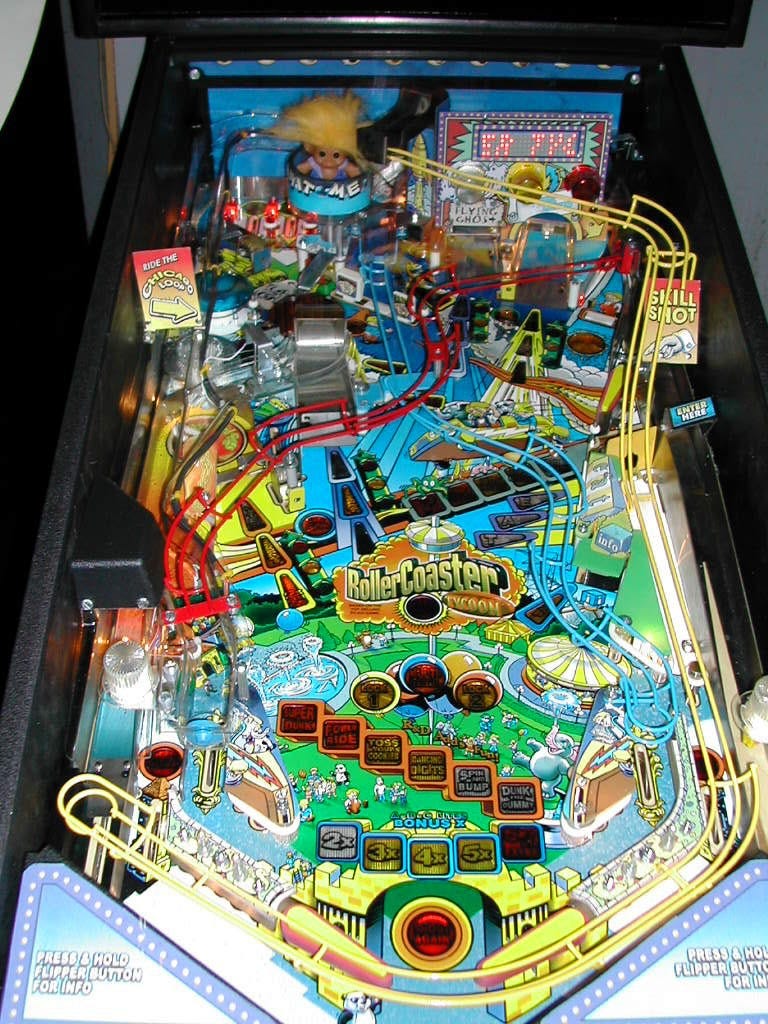
As a result, a lot of tables ended up in private collections — particularly those of nerds with disposable income and engineering skill. And in the early 2000s, that meant early tech nerds.
New Pinball Cities and the Resurgence
Even today, cities that were early tech hubs are the ones with especially large pinball communities: Seattle, Pittsburgh, the California bay area, and so forth. For years, pinball tables slowly migrated into the hands of collectors in these regions.
But pinball tables take a lot of space, and collectors had to find ways to house their collections, as well as ways to afford their repairs. Where space was cheap, sometimes people housed them in warehouses or makeshift museums and charged entrance fees to see and play them. Some packed up their tables in moving trucks and traveled with them through convention circuits. And some leased the tables out to whoever wanted to house them.
In a surprising number of cases, this ended up being repair shops, especially since they had the tools to fix them on site. As gentrification swept through old industrial neighborhoods, these repair shops often found themselves turning into bars, with their tables as a major draw, both for collectors and for arcade kids who had graduated from soda to beer. Which is exactly how my own first pinball bar came about in Seattle.
With the audience of players growing again in individual cities and online, new manufacturers have risen to make new tables, both for collectors and public playrooms alike. The rise of DIY and Makerspace communities have also led to a thriving crowd of people making their own tables or rebuilding old tables into new themes. Many cities and countries have thriving pinball communities, with their own competitions, popular tables, and local champs who represent them in national and international tournaments.

The pinball community is still small compared to the juggernaut that is mainstream video games, but its members are enthusiastic and always interested in drawing new players into the hobby.
Which is an uphill battle, considering just how damned hard it is to learn to play pinball.
But I’ll talk about that next week!


